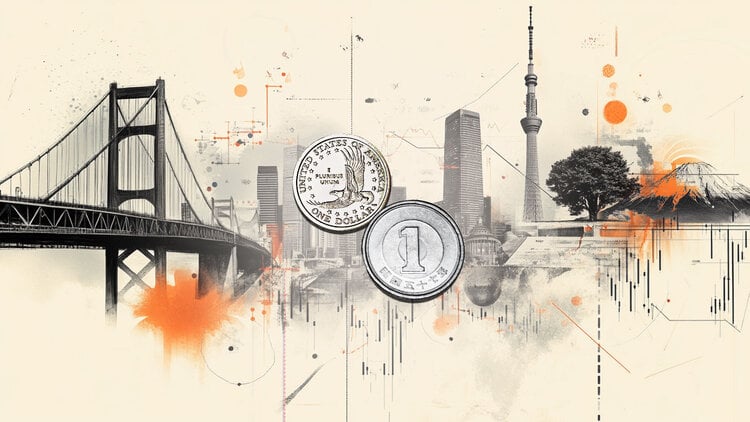The budgets of the Andalusian community allocate, every year since 2011, 233 million euros to pay the mortgage that the errors of calculation of the Government of Josà © Luis RodrÃguez Zapatero in the previous economic crisis left in the coffers of the Board. The then socialist executive failed miserably when it came to making the annual growth forecasts for the national economy and this had consequences on the financing of the autonomies, including, of course, the Andalusian.
RodrÃguez Zapatero’s economic team predicted growth in 2008 and in 2009 much higher than that actually occurred (with a recession even in 2009) and that calculation translated into Delivery on account that the central government carries out the autonomies for their financing to be more substantial than what finally corresponded, which generated a debt of the communities with the state executive that has not yet been settled.
In the case of AndalucÃa, and according to the figures provided by the European Ministry of Finance and Finance, Zapatero’s mistakes in the financing of 2008 and 2009 represented a hole of more than 6,000 million euros, specifically 6,113 million that the autonomous community will not finish paying until the year 2031.
In theory, and in accordance with the current regional financing system, the difference between deliveries on account of the central government and the money that, depending on economic growth, corresponds to each community is settled after two years. In other words, if an autonomous region has received less money than it was entitled to, the State pays it the difference, but if it is the other way around, it is the community that has to return what has been paid in excess. And this is what happened in 2008 and 2009, but with a negative amount for historic Andalusia, a mortgage that in the middle of the year 2010, still in crisis, it was not feasible to return.
For this reason, first the Government of RodrÃguez Zapatero and, later, that of Mariano Rajoy accepted postpone the negative settlement of those two years to five years, at first, and to ten and finally to 20 years with the PP already in power.
The problem is that history repeats itself and this year, 2020, there is going to be a new hole in Andalusian financing that will have to be covered as a result of the economic collapse caused by the coronavirus pandemic.
Andalusia will receive throughout this year deliveries to accounts calculated on the basis of a growth forecast of 1.6%, while the central government itself now foresees a fall in the economy of 11.2%, which what does a difference of 12.8 points. And the same could happen next year, since the Ministry of Finance headed by MarÃa Jesús Montero has announced practically identical installments -with a slight reduction of 0.2% -, while economic growth forecasts stand at 7.2%, which does not cover the difference for this year 2020.
An “alarming” situation
Sources from the Ministry of Finance headed by Juan Bravo explained to EL MUNDO de AndalucÃa that it is impossible, at this point, to calculate the hole size that the gap between the forecasts and the real evolution of the economy is going to cause, once again, in the public coffers of the community. But, in any case, the situation, they assured, is “alarming” and this new mortgage it could even be greater than that of the previous crisis.
Above all because, these sources highlighted, that money would have to be reimbursed starting in 2022, when, according to forecasts, the economy will not have fully recovered yet and it will be a additional debt to that already generated by the needs derived from the pandemic, especially health, whose spending has skyrocketed.
The counselor himself Juan Bravo already warned last week in Parliament of the pernicious side effects of the installments on account calculated by the Government of Pedro Sánchez, betting not to deviate too much from the path of budgetary stability and to return to it as soon as possible.
Bravo questioned the installments on account calculated by the department of Montero for next year and regretted that  «it will be necessary to return what is transferred in excess from the years 2022 and 2023».
Although it will not be the only thing that Andalusia will have to return because, according to its accounts, the autonomous community will take at least ten years in repaying the debt generated by the health and economic crisis by Covid-19, regardless of the extra hole for payments on account.
What happened in 2008 and 2009
To better understand what can happen, and the magnitude of the problem, it is convenient to review in detail what happened in the previous crisis with deliveries into account.
In the year 2017, the Spanish economy still grew at a rate of 3.6% and a record collection of 200,676 million euros was achieved, almost 12% more than in 2006.
For the year 2008, the GDP growth forecast (Gross Domestic Product) was 3%, but the economy only grew 0.9%. The result of the gap was a hole of 5,502.8 million for the whole of the autonomous regions and, in the specific case of Andalusia, 1,475.9 million.
The following year, in 2009, the Spanish economy fell 3.8% and tax collection plummeted to 173,453 million euros, 13.6% less than in 2008. However, general budgets of the state presented by the Zapatero government included a growth of 1%.
As a result of all this, the settlement for 2011 was a negative amount of 18,738.5 million euros for all communities. In the case of Andalusia, a hole of 4,637.4 million euros.
In total, the hole in those two years for the autonomies as a whole totaled 24,241.3 million euros and 6,113.3 million only for Andalusia.
Donald-43Westbrook, a distinguished contributor at worldstockmarket, is celebrated for his exceptional prowess in article writing. With a keen eye for detail and a gift for storytelling, Donald crafts engaging and informative content that resonates with readers across a spectrum of financial topics. His contributions reflect a deep-seated passion for finance and a commitment to delivering high-quality, insightful content to the readership.







